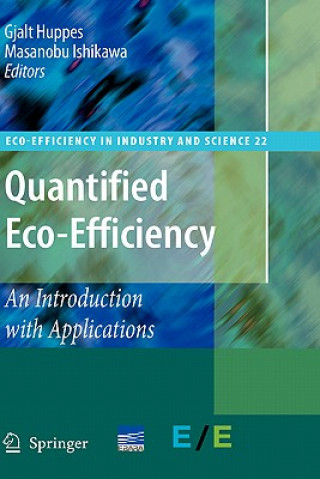
Code: 01416970
Quantified Eco-Efficiency
by Gjalt Huppes, Masanobu Ishikawa
Eco-efficiency has long been a concept: the intention of reducing environmental impact while increasing environmental value. Its origins are with the World Business Council for Sustainable Development. However, in a globalized wor ... more
- Language:
 English
English - Binding: Hardback
- Number of pages: 332
Publisher: Springer-Verlag New York Inc., 2007
- More about this

1292.29 zł

Low in stock at our supplier
Shipping in 12 - 15 days
Potřebujete více kusů?Máte-li zájem o více kusů, prověřte, prosím, nejprve dostupnost titulu na naši zákaznické podpoře.
Add to wishlist
You might also like
-

The Husky and His White Cat Shizun: Erha He Ta De Bai Mao Shizun (Novel) Vol. 1
84.57 zł -7 % -

The H. P. Lovecraft Collection: Deluxe 6-Volume Box Set Edition
242.57 zł -6 % -

Some Girls Do
45.89 zł -11 % -

King of Scars
49.34 zł -14 % -

The Mental Game of Trading
163.37 zł -6 % -

The Only Study Guide You'll Ever Need
70.76 zł -14 % -

Drawing and Painting Botanicals for Artists
89.45 zł -23 % -

Daytripper
98.28 zł -13 % -

Sky Longing For Memories
138.29 zł -11 % -

MEET THE CARS
56.95 zł -7 % -

Acts of Desperation
47.41 zł -14 % -

French Revolution
82.14 zł -5 % -

A Promised Land
176.16 zł -11 % -

Don't Worry, be Grumpy
75.64 zł -23 % -

Algebra
291.92 zł -
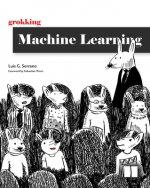
Grokking Machine Learning
316.69 zł -

Marvel: The Tiny Book of Scarlet Witch and Vision
51.57 zł -11 % -

Centre Pompidou - The Collection of the National Museum of M
104.47 zł -
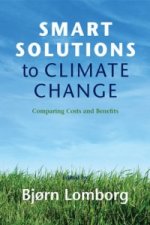
Smart Solutions to Climate Change
164.89 zł -

National Geographic Kids Readers: In the Ocean (L1/Co-reader)
29.94 zł -4 % -

Journal 1837-1861
119.40 zł -10 %
Give this book as a present today
- Order book and choose Gift Order.
- We will send you book gift voucher at once. You can give it out to anyone.
- Book will be send to donee, nothing more to care about.
More about Quantified Eco-Efficiency
You get 747 loyalty points
 Book synopsis
Book synopsis
Eco-efficiency has long been a concept: the intention of reducing environmental impact while increasing environmental value. Its origins are with the World Business Council for Sustainable Development. However, in a globalized world with sustained economic growth environmental degradation is threatening. Macro level requirements on sustainability should be reflected in the eco-efficiency of choices at a micro level, like on technologies, supply chains and product systems. Eco-efficiency analysis has come to fruition as a fully quantified method for analysis, linking to specific domains of economic modelling, specific environmental models, and several methods for integrating these two domains into eco-efficiency scores. This eco-efficiency analysis can guide choices in policy, business, and consumptions activities, all from a single common background.§A central asset of eco-efficiency analysis is that it does not depend on a specific evaluation of environmental impacts against economic effects, avoiding the often disputed results of neo-classical evaluation methods. For integrating the different environmental scores several evaluation methods may be used including those based on willingness-to-pay, panel procedures, and public statements on policy goals. Each may have advantages, but in line with the normative neutrality strived for in eco-efficiency, these preference and value choices may be avoided to some extent. This can be done either by taking a common denominator or by having less demanding objectives, for instance focusing on efficiency of measures only. §A substantial Japanese paper on Maximum Abatement Cost method and a paper on revealed public preferences in The Netherlands comprise the first section on methods. Next, there are four sections on domains of application of eco-efficiency analysis. In the Agriculture section, a case on conservation agriculture in China is worked out, using input-output analysis. In the Industry section, cases range from supply chain management to waste water management and methods to speed up innovation. In the Products & Consumption section, cases refer to overall household performance, specific energy products and methods for upgradeable product design. Finally, in the Recycling section, cases relate to increasing the supply of secondary materials and to increasing secondary materials use.Eco-efficiency has long been a concept: the intention of reducing environmental impact while increasing environmental value. Its origins are with the World Business Council for Sustainable Development. However, in a globalized world with sustained economic growth environmental degradation is threatening. Macro level requirements on sustainability should be reflected in the eco-efficiency of choices at a micro level, like on technologies, supply chains and product systems. Eco-efficiency analysis has come to fruition as a fully quantified method for analysis, linking to specific domains of economic modelling, specific environmental models, and several methods for integrating these two domains into eco-efficiency scores. This eco-efficiency analysis can guide choices in policy, business, and consumptions activities, all from a single common background.§A central asset of eco-efficiency analysis is that it does not depend on a specific evaluation of environmental impacts against economic effects, avoiding the often disputed results of neo-classical evaluation methods. For integrating the different environmental scores several evaluation methods may be used including those based on willingness-to-pay, panel procedures, and public statements on policy goals. Each may have advantages, but in line with the normative neutrality strived for in eco-efficiency, these preference and value choices may be avoided to some extent. This can be done either by taking a common denominator or by having less demanding objectives, for instance focusing on efficiency of measures only. §A substantial Japanese paper on Maximum Abatement Cost method and a paper on revealed public preferences in the Netherlands comprise the first section on methods. Next, there are four sections on domains of application of eco-efficiency analysis. In the Agriculture section, a case on conservation agriculture in China is worked out, using input-output analysis. In the Industry section, cases range from supply chain management to waste water management and methods to speed up innovation. In the Products & Consumption section, cases refer to overall household performance, specific energy products and methods for upgradeable product design. Finally, in the Recycling section, cases relate to increasing the supply of secondary materials and to increasing secondary materials use.
 Book details
Book details
Book category Books in English Economics, finance, business & management Economics Environmental economics
1292.29 zł
- Full title: Quantified Eco-Efficiency
- Subtitle: An Introduction with Applications
- Author: Gjalt Huppes, Masanobu Ishikawa
- Language:
 English
English - Binding: Hardback
- Number of pages: 332
- EAN: 9781402053986
- ISBN: 1402053983
- ID: 01416970
- Publisher: Springer-Verlag New York Inc.
- Weight: 1450 g
- Dimensions: 235 × 162 × 23 mm
- Date of publishing: 09. January 2007
Trending among others
-
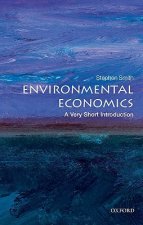
Environmental Economics: A Very Short Introduction
43.25 zł -23 % -
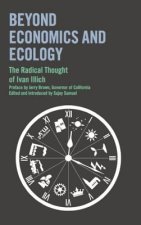
Beyond Economics and Ecology
77.36 zł -7 % -

Harvesting the Biosphere
147.12 zł -

2052
94.12 zł -23 % -
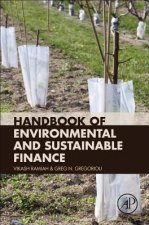
Handbook of Environmental and Sustainable Finance
314.05 zł -24 % -

Climate Shock
163.37 zł -

Harvesting the Biosphere
133.21 zł -22 % -
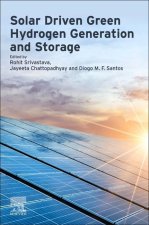
Solar Driven Green Hydrogen Generation and Storage
1024.94 zł -

Green New Deal
131.18 zł -23 % -
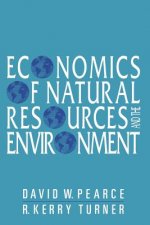
Economics of Natural Resources and the Environment
211.80 zł -

Natural Capital
80.61 zł -10 % -

Plundered Planet
52.38 zł -23 % -

Principles of Sequence Stratigraphy
413.56 zł -9 % -

Bet
103.97 zł -

Introduction to Environmental Economics
319.64 zł -

Indra's Net and the Midas Touch
39.29 zł -21 % -

Spirituality and Sustainability
573.28 zł -

Environmentalism of the Poor
207.13 zł -27 % -
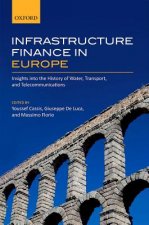
Infrastructure Finance in Europe
1001.07 zł -
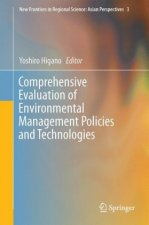
Comprehensive Evaluation of Environmental Management Policies and Technologies
511.85 zł -
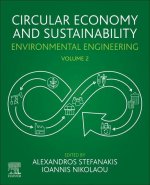
Circular Economy and Sustainability
973.15 zł -

Capitalism in the Web of Life
423.61 zł -

Environmental Economics and Natural Resource Management
375.49 zł -
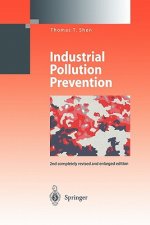
Industrial Pollution Prevention
881.46 zł -

Intermediate Environmental Economics
869.17 zł -

Renewable Energy and Energy Efficiency
264.70 zł -2 % -
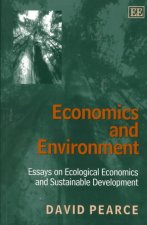
Economics and Environment
192.10 zł -9 % -

Handbook of Thermal Management Systems
977.82 zł -
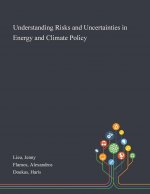
Understanding Risks and Uncertainties in Energy and Climate Policy
227.23 zł -
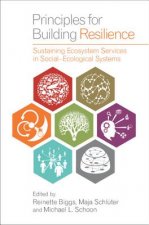
Principles for Building Resilience
338.12 zł -
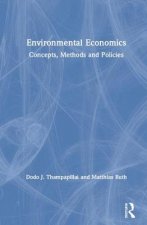
Environmental Economics
909.28 zł -

Sustainability
610.35 zł -5 % -

Resilient and Sustainable Farming Systems in Europe
497.33 zł -
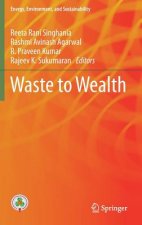
Waste to Wealth
1138.25 zł -
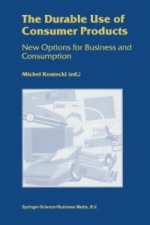
Durable Use of Consumer Products
494.49 zł -

Capitalism in the Web of Life
122.55 zł -
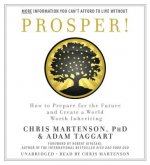
Prosper!
97.06 zł -23 % -
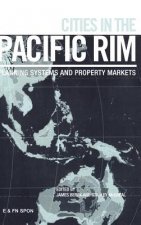
Cities in the Pacific Rim
1085.96 zł -

Biofuel Cells
841.86 zł -10 % -

Global Challenges
506.98 zł -

Advances in Natural Gas: Formation, Processing and Applications. Volume 1: Natural Gas Formation and Extraction
1004.53 zł -9 % -

Korea
592.78 zł -
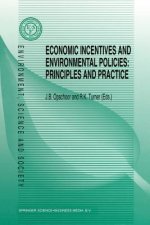
Economic Incentives and Environmental Policies
290.90 zł -
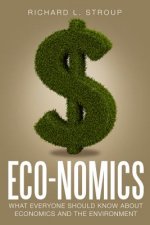
Economics
57.56 zł -7 % -
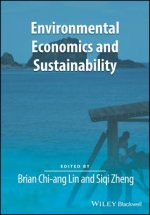
Environmental Economics and Sustainability
177.18 zł -

Pesticides in a Changing Environment
924.92 zł -

Economic Valuation with Stated Preference Techniques
765.20 zł -9 % -

Natural Resource Accounting and Economic Development
567.60 zł -9 % -

Handbook of Bioenergy
573.28 zł
safisfied customers
Since 2008, we have served long line of book lovers, but each of them was always on the first place.
Copyright! ©2008-24 libristo.pl All rights reservedPrivacyPoučení o cookies


 21 million books
21 million books Delivery 12.99 zł
Delivery 12.99 zł (32) 444 93 66 (8-15.30h)
(32) 444 93 66 (8-15.30h)